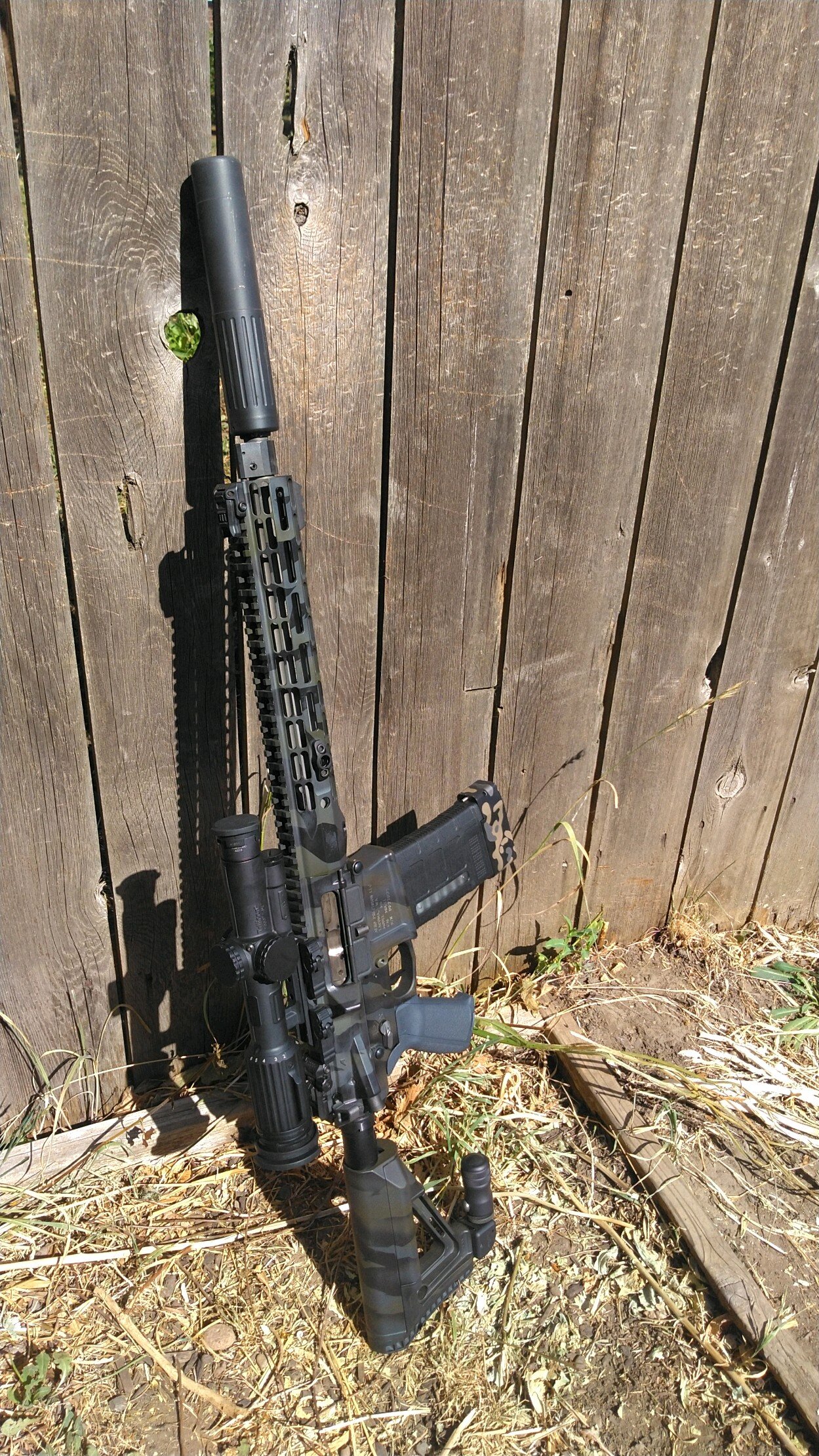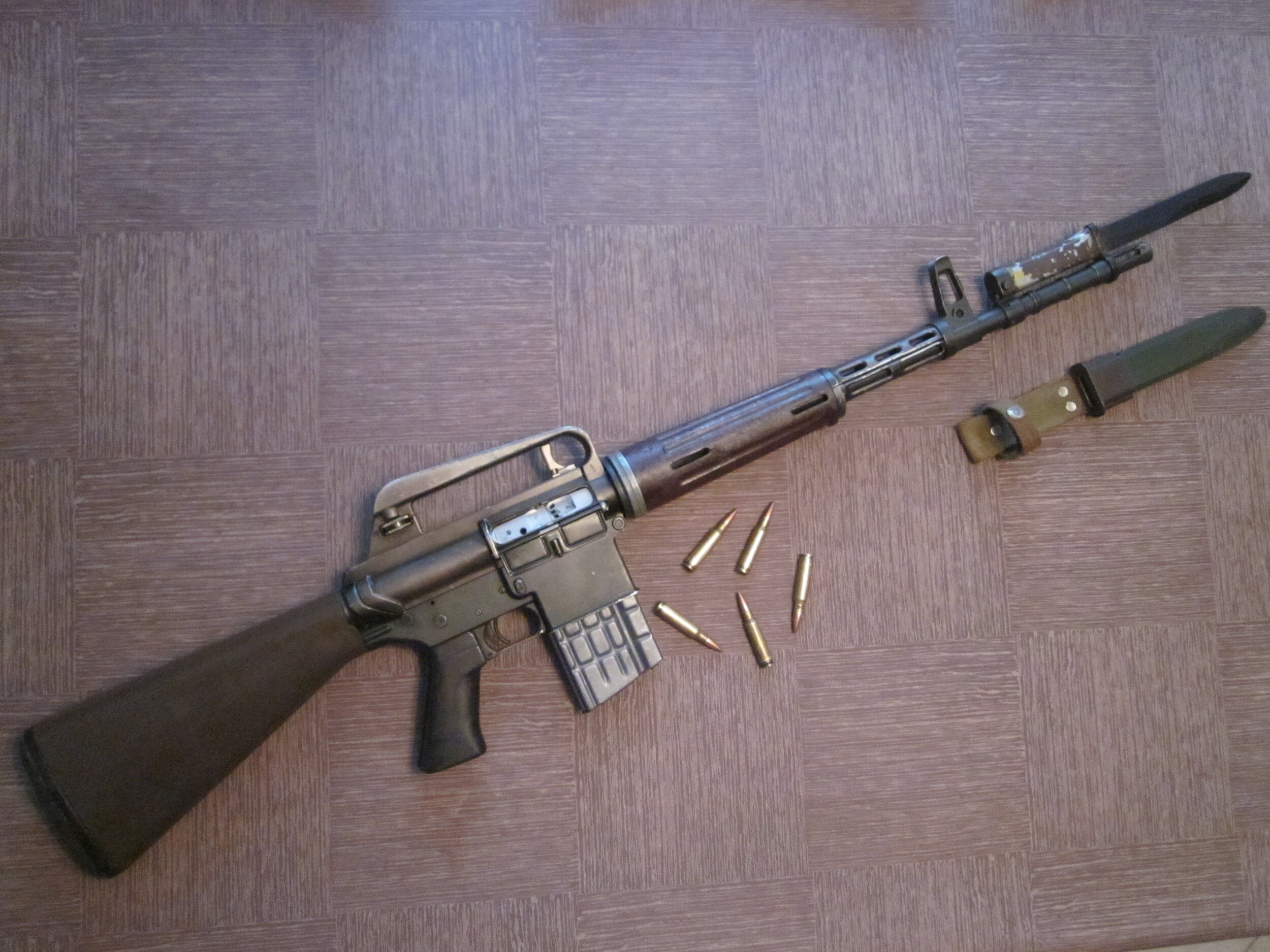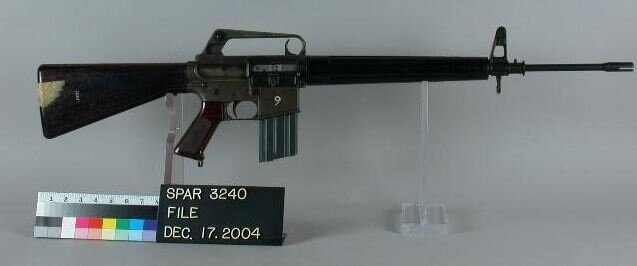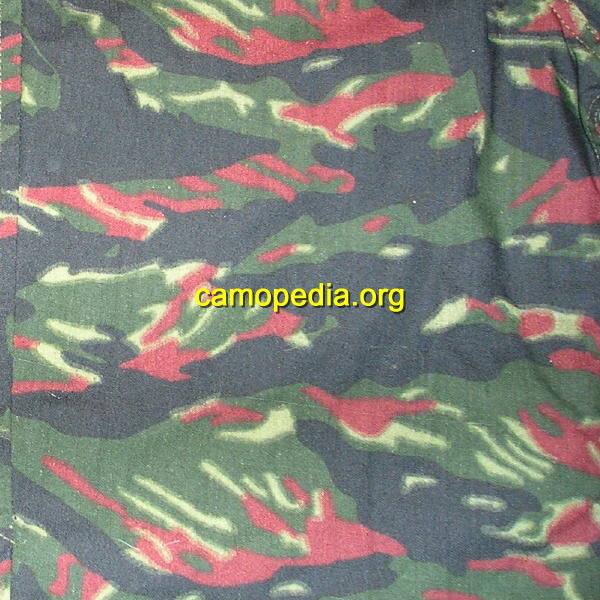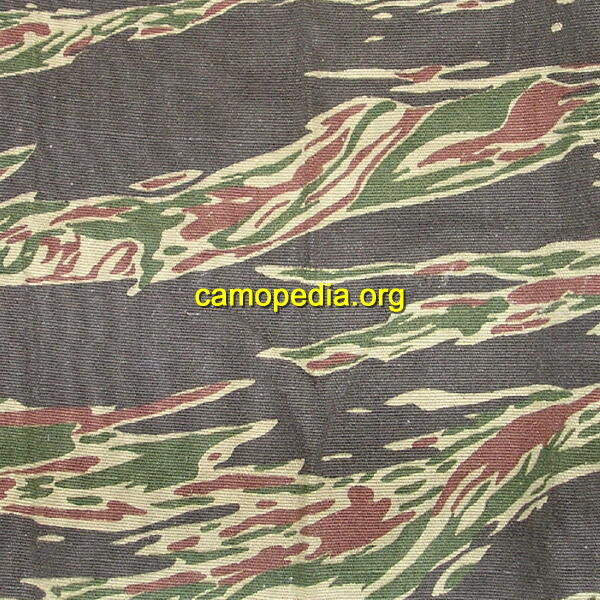Feat of the Week: Tiger Striped AR-10
Welcome to our weekly blog post! Each “Feat of the Week” features firearm(s) we have worked on recently. These are showcases of our repair work, custom machining, Cerakote, or a combination of services. We are excited to share our gunsmithing feats with you!
This week’s feat is a AR-10 with a shortened and threaded barrel, muzzle device, and matched Cerakote color and tiger stripe pattern. While less popular than the ArmaLite AR-15, the AR-10’s design championed an innovative design that influenced and preceded the massively popular AR-15 platform.
Tiger Striped AR-10
Make/Model: Aero Precision M5
Caliber: 308 Winchester
Suppressor: AAC SDN 7.62
Optic: Trijicon Accupoint
Mag EXTENSION: tarAn tactiCAL +5
Muzzle Device: AAC 51 Tooth 3-prong
Finish: Matched Cerakote & Tiger Stipe Camo Pattern by McCluskey Arms
Custom Machining: Shortened and Threaded Barrel
AR-10 Lookalike: Aero Precision M5
The Gunsmithhing Story
While the Aero Precision M5 looks like an AR-10, they cannot advertise it as such because ArmaLite still holds the trademark. Additionally, while the design is similar and based off the AR-10, this Aero Precision M5 design does have deviations from the original and current ArmaLite AR-10 design. But most AR-10 copycats are air cooled and gas operated lightweight rifles.
This gun belongs to my friend and manager of Mazama Sporting Goods. We did a ton of gunsmithing work on this AR-10 lookalike. First, we cut the barrel down to achieve the shortest possible legal length. In order to maximize the barrel length, we set the muzzle device farther onto the barrel. We pin & welded the muzzle device on and tuned it. Setting it up to be suppressed, we threaded the barrel.
AR-10 Gas System
Finally, to round out our gunsmithing services, we also tuned the gas system. The AR-10—and its lookalikes—gas system design was incredibly innovative for its time. Other gas operated rifles use a conventional impinging gas system in which the combustion gases are diverted from a barrel port to an adjacent piston and cylinder. Instead, the AR-10 boasts a true expanding gas system which was a much more lightweight and efficient design. In this design, the combustion gases exit a port in the barrel through a steel tube and enters a chamber inside the bolt carrier. The bolt contained piston rings which contains the gases. When the bolt carrier moves, the extra gas is expelled through the side holes.
AR-10 Legacy
But the gas system isn’t the only part of the AR-10 design that was innovative. For the most part, the entire gun was an original design. The AR-10’s prototype was created by ArmaLite and designed by Eugene Stoner in 1955. Between the gas system and its straight-line barrel and stock design, the AR-10 was much easier, compared to others of its time, to manage automatic or burst fire while maintaining accuracy. The straight-line recoil design allows the operator to have additional control during because it limits muzzle rise.
Additionally, this gun was much lighter than other comparable rifles. Because ArmaLite was owned and operated by the aerospace company Fairchild, they used much lighter materials—including forged aluminum receivers—in the design of the AR-10. While these materials were common in aerospace engineering, they were not as common in small arms manufacturing.
And yet, despite these innovations in both manufacturing process and design, less than 10,000 ArmaLite AR-10 rifles were ever assembled. Only a handful of countries purchased various iterations of AR-10 from ArmaLite—Guatemala, Burma, Italy, Cuba, Sudan, and Portugal—for certain sections of the military.
But while the AR-10 never gained much traction itself, its design influenced the more popular and well-known AR-15. Military officials commissioned Armalite to create the replacement for the M1 Garand. So, in 1957, ArmaLite developed a smaller version of the AR-10, giving birth to the AR-15 platform. Though the AR-15 gained popularity among the world’s militaries, civilians, and sportsmen, none of the AR-10 variants gained the same momentum. The AR-10 might live in the shadow of the AR-15—the most popular modern sporting rifle to date— but it still can lay claim to being its predecessor.
Tiger stripe CAMOUFLAGE
Erin’s Aero Precision M5 came to us with the lower already Cerakoted with tiger stripe camo. Matching the color and pattern, we painted the upper and the rest of the gun. It looks amazing! You can’t even tell it was painted by two different people on two separate occasions. We love how Erin decided to keep the tiger stripe pattern closer to the original Vietnamese design with dark colors found in camouflage designed for dense jungle territory.
The tiger stripe camo pattern made it debut during the same time period the AR-10 and AR-15 platforms hit the market. The original pattern was similar to a camouflage known as “Lizard” used by the French during the decolonization war with Vietnam. This war, known as the Indochina War or the Anti-French Resistance War, lasted from 1946-1954 and resulted in the partitioning of Vietnam into North and South.
When the French left Vietnam, the forces in the South continued to use the Lizard pattern. This pattern gradually developed into the tiger stripe—designed for close-range and dense jungle situations. This camouflage pattern was tailored specifically to combat guerrilla warfare tactics.
Soon after the French exited, there was a revolt against the Southern government backed by the North, and this conflict became the Vietnam War. As the war in Vietnam continued into the 1960s, the tiger stripe camo pattern spread to other parts of Asia and was also adopted by the US Special Forces fighting in Vietnam. While it was never officially issued by the United States, the tiger stripe pattern was allowed, but they had to have it custom-made by local tailors. This is one reason why there are so many iterations of the tiger stripe pattern seen on American forces.
Since the Vietnam War, the tiger stripe pattern has grown in popularity in many countries in South America. For example, Ecuador and Guyana both have tiger stripe camo, but these patterns contain more vibrant colors such as red and blue, respectively. Many countries in Asia also continue to produce tiger stripe pattern—including Vietnam, Thailand, and the Philippines.
NEXT UP
We hope you enjoyed this week’s gunsmithing feat. Thank you for following along! Our next feature will be posted Monday, September 21st at 9am. Comment for any content you want to see.
If you loved the services you saw today, check out our online store! You can start shopping by clicking here. Or drop us a message here. And don’t forget to follow us on social media! We look forward to meeting you and gunsmithing for you.
Sources:
https://www.armalite.com/Armalite/History
https://www.armalite.com/Armalite/About-Us
https://en.wikipedia.org/wiki/ArmaLite_AR-10
https://www.camopedia.org/index.php?title=Tiger_stripe
https://en.wikipedia.org/wiki/First_Indochina_War
https://en.wikipedia.org/wiki/Tigerstripe


